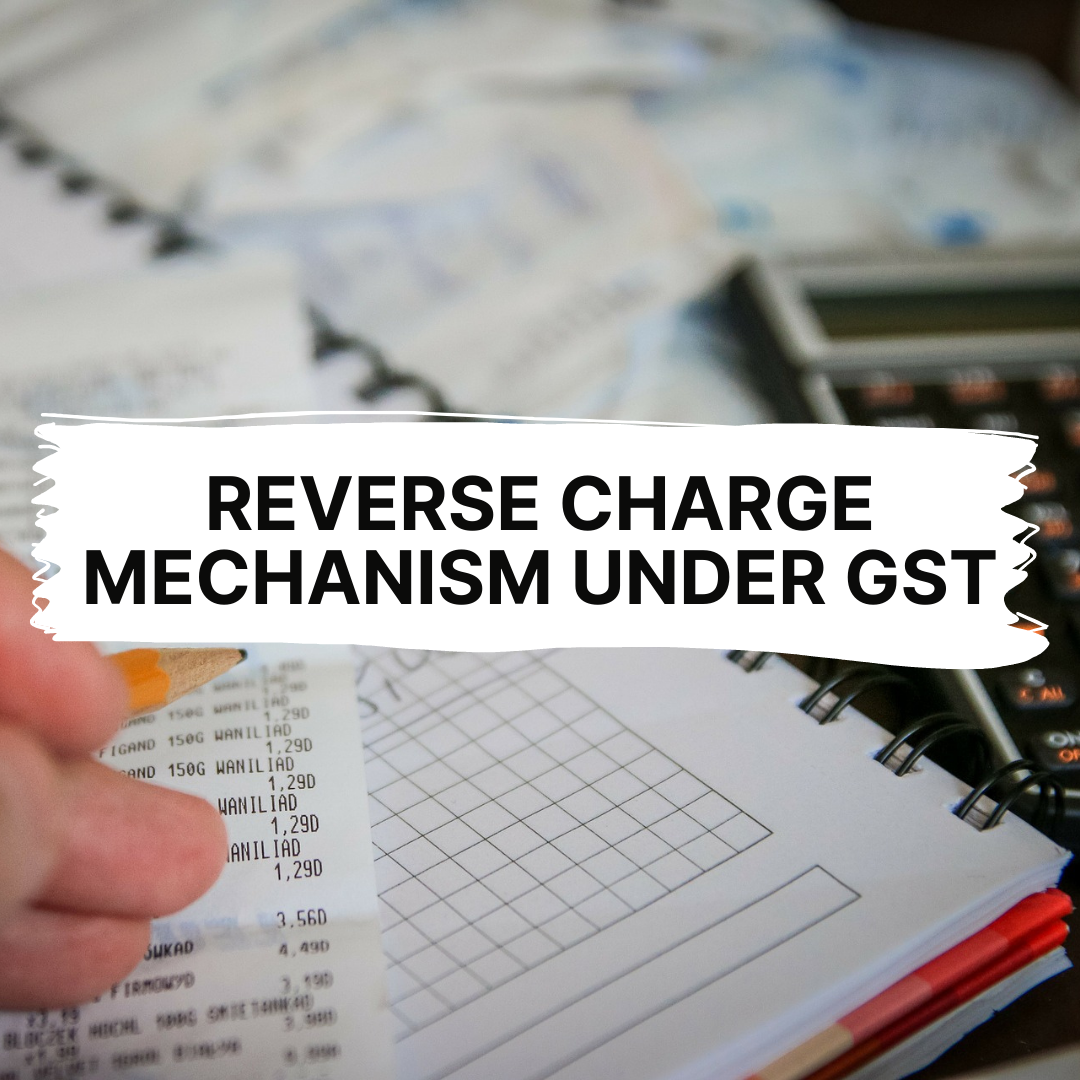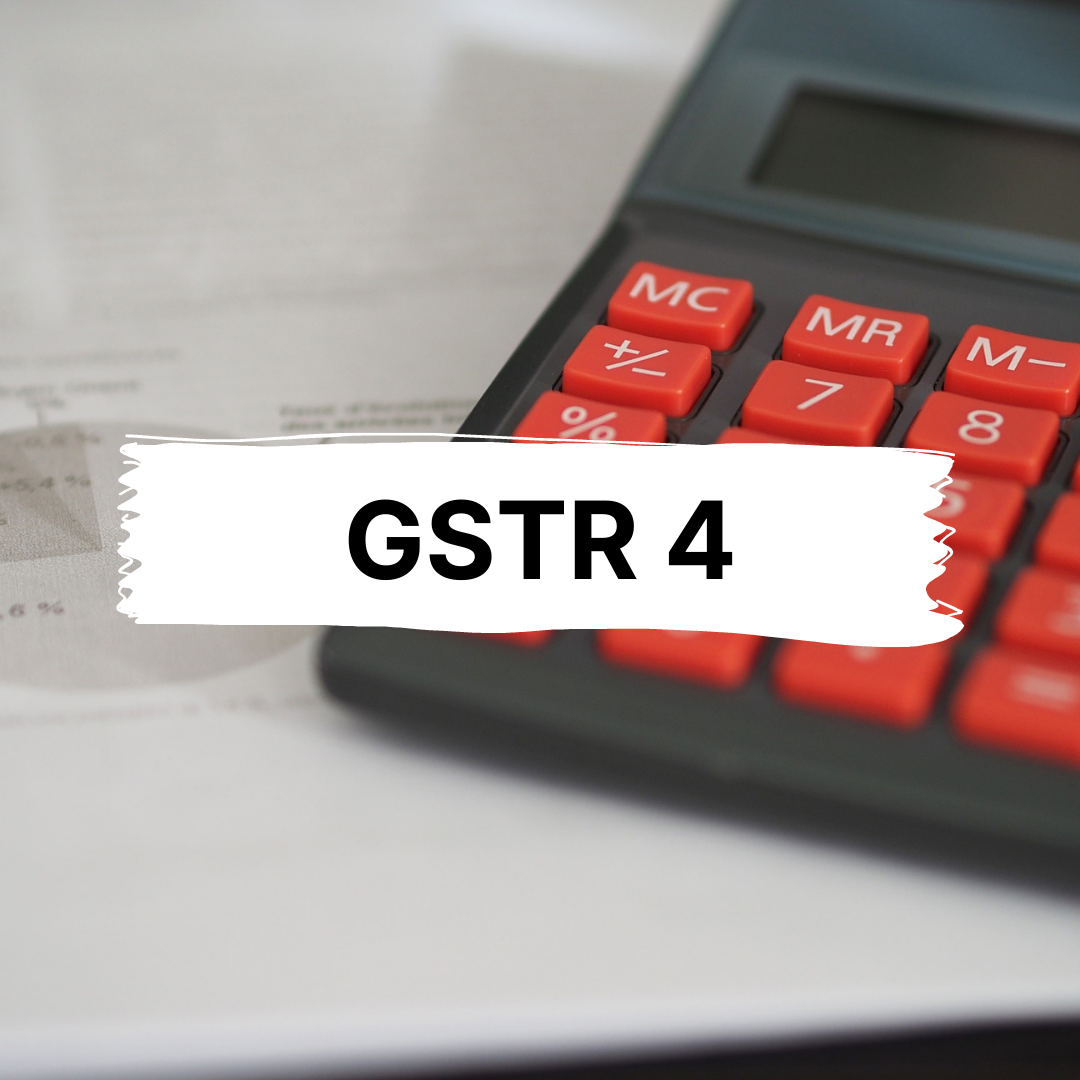GST, or the Goods and Service Tax, is an indirect tax that has replaced a bulk of other indirect taxes levied on goods and services earlier. By subsuming all other taxes attached to various levels of goods and services delivery to the end-user, GST has become a destination-based, uncomplicated version of VAT, excise duties, customs duties, etc.

In fact, according to this data, in the current financial year, the annual average GST collected so far is to the tune of ₹113 crores. Filing GST is an important task to perform diligently when it is due, as it helps the nation show the true progress that has happened in the country.
If you look at the statistics from June 2021, there were a total of ₹67.7 crores of returns filed. Since GST has replaced so many other taxes, understanding it has become easier, encouraging more and more businesses to start filing their taxes properly. Now, four years later, GST can be filed online through its own exclusive GST portal.
Goods and Service tax is filed every year around April-May. In order to file your returns, you are required to fill out a GST form with the data in your company's accounts. There are several types of GST forms that are applicable to different types of businesses according to the nature of the services rendered or goods sold. It includes all sorts of taxable goods and services, such as architecture, construction, manufacturing, etc. There are separate fields to fill based on what kind of business you are. Let's take a look at the type of GSTR forms.
Types of GST Forms
There are in excess of 20 GST forms prescribed by the taxation regime, and they all apply to different kinds of businesses.
- GSTR-1 - If you are registered under the GST scheme and are counted as a normal taxpayer, then you should fill out GSTR-1. It contains details of all your invoices (memos of goods or services sold) for a particular financial year.
- GSTR-2A - This form is supposed to be filled if you have purchased goods or services from a business that is registered with the GST scheme. It is basically a document that is a record of the goods/services you have received from someone.
- GSTR-2B - This is a document that can be viewed only and is available to buyers/purchasers. It is filled out every month and contains attributes (such as reverse charge, ineligible, etc) of every item in the invoice.
- GSTR-2 - This form was supposed to be filled by normal taxpayers, but it has been suspended now. It was similar to the GSTR-2A that contained details of inward invoices.
- GSTR-3 - This form has also been suspended. It contained information of outward invoices by a business.
- GSTR-3B - This is a self-declaration form that is supposed to be filled every month. It contains the summary of outward supplies, tax credits, tax liabilities and paid taxes.
- GSTR-4 - This form has been recently introduced and replaces the former GSTR-9A form. Composition taxable persons registered under GST are supposed to fill this form.
- GSTR-5 - If you are a non-resident national who operates a business in India and are registered in the GST scheme, you are required to fill out this form.
- GSTR-5A - This form is a summary of outward payable taxes and outward supplies that are taxable. It is supposed to be reported every month.
- GSTR-6 - If you are an Input Service Distributor, you need to download this form every month and file taxes on the input credit received.
- GSTR-7 - If you are an enterprise that deducts TDS, you are supposed to file this GST form every month. It contains information on TDS deductions, liabilities, payments and refunds.
- GSTR-8 - If you collect tax at the source or TCS, then you are liable to file a GSTR-8 form. This normally applies to e-commerce operators registered with the GST scheme.
- GSTR-9 - This is the form you file if you are a normal taxpayer registered with GST. It is supposed to be filled annually by the end of December.
- GSTR-9A - Supposed to be filled by composition taxpayers, this form has now been suspended and replaced by GSTR-4.
- GSTR-9A - If you are a composition taxpayer registered with the GST scheme and your turnover exceeds ₹2 crores annually, this is the form you file. This form needs to be certified by a chartered accountant since it is a reconciliation statement.
- GSTR-10 - If your registration has been cancelled or surrendered for any reason, this is the form you fill.
- GSTR-11 - For the entities that have been given a UIN (Unique Identification Number), this form is to be filled for refunds if you have purchased goods/services from India.
Let's take a detailed look at the GSTR-4 form.
What is a GSTR-4?
A GSTR-4 is a special form that is filled out once every three months by composition taxpayers, also known as compounded vendors.
The composition regime has made things simpler for businesses with a lower turnover. The GSTR-4 requires the following from a taxpayer:
- Indicating the consolidated values of taxes levied on the supplies made for the period being considered in the form.
- For all the purchases made from normal taxpayers, invoice-level information will need to be furnished.
There are a total of 13 types of information required in a GSTR-4, but most of these are auto-filled. Quickly summarizing them in a list, they are:
- GSTIN - GST Identification Number
- UIN - Unique Identification Number
- SAC - Services Accounting Code
- UQC - Unique Quantity Code
- HSN - Harmonised System of Nomenclature
- B2C - Registered to Unregistered
- B2B - Registered to registered
- POS - Place of Supply
Who Pays The GSTR-4?
The GSTR-4 is supposed to be paid by composition taxpayers.
In order to understand GSTR-4, it is important to first know who a composition taxpayer is. Not all businesses are alike, and not all of them have equal turnovers. For businesses with a turnover lower than ₹1.5 crores annually, it makes little sense to go through tedious GST formalities and forms. To try to solve this time-consuming issue, the GST scheme has launched the composition scheme, wherein the eligible businesses can file a fixed return based on their turnover.
This arrangement allows for the taxpayer to pay taxes as a percentage of his turnover. However, when registering under the composition taxation regimen, input tax credits cannot be claimed.
There is a catch to the composition scheme, however. Certain businesses are not eligible for it, for example, interstate suppliers, e-commerce platforms, non-resident taxable persons, etc.
When to File GSTR-4?
GSTR-4 is required to be filed every quarter of the financial year. Normally, it is due between the 11th and 18th of the months April, July, October and January. The dates give enough time to businesses to prepare their returns statements ready to go.
In addition to filing GSTR-4 every quarter, the companies are required to file an annual GSTR-4 as well. The last date to file the annual form is 31st December.
All these forms can be filed online on the GST portal.
How to Revise a GSTR-4?
A GSTR-4, unfortunately, cannot be revised. It is, thus, very important to file your returns carefully so that mistakes don't occur. You can have an accountant check your filing to ensure there are no errors.
If, however, an error does occur and there is a need to revise the forms, you can do that in the next quarter through an amendment since GSTR-4 forms are required to be filed every quarter.
Since this is a recurring thing, businesses often tend to outsource all their GST form filing to specialized accountancy firms who know how this is done.
Prerequisites to File GSTR-4 on the GST Portal
The following conditions must be met before you can proceed to file a GSTR-4:
- You have to be a registered taxpayer with a GST scheme and a composition taxpayer or a compounded vendor.
- Your business must have a turnover that is less than ₹15 crores per annum.
- You cannot apply for a GSTR-4 if you sell goods/services out of the state you operate in.
- You need to keep precise track of all the goods and services you purchased during all quarters of a financial year.
Guide to Filing GSTR-4 Online
The GST rule book prescribes the following methodology to file your returns online. This quarter, if you haven't considered filing online yet, you can try it to understand just how convenient this is. Here are the steps to file GSTR-4 online.
- You can find the GSTR-4 return filing form online on the GST portal.
- When you start the filing process, you are asked to check a declaration checkbox. Upon checking this box, if you have no liabilities and have selected the authorized signatory, then the "File" button will be enabled.
- The available balance in your account will be adjusted against any liabilities, taxes and late fees, after which you can proceed to file inward supplies.
- The GSTR-4 requires a detailed account of inward supplies, which are reflected in the forms 4A, 4B, 4C and 4D. The particulars in these forms are automatically fed in Table 6 of the portal when you press the "Proceed to File" button.
- In the next step, you will find your outward supply details about RCM liabilities automatically filled-in, and the "Proceed to File" button enabled. All the other outward supply details need to be manually filled in now. It is important to check that no errors occur.
- On the basis of the CMP-08 form, your self-assessed liabilities will be automatically filled into table 5.
- In Table 4, even though the tax amount is auto-filled based on the values in the tax rate column and taxable value column, in the end, you can edit the total tax amount. CESS can be added here.
- Next, you are required to fill in the annual turnover. Once this is done and all the quarters of the previous financial year have been filed like this, you can conclude your annual filing of GSTR-4.
Frequently Asked Questions For GSTR-4
Is there a last date to file GSTR-4?
Yes, this form can be filed until the 30th of April. Under special circumstances, this date may be extended.
Can GSTR-4 be filed online?
Yes, this form can be filed online on the GST portal. You need to have a valid login credential from where you can upload the data and file the form electronically.
Is there a downloadable copy of the GSTR-4 form that is filled online?
Yes, you can download the filled form on the GST portal by logging in and navigating to your form and pressing the download button.
Is it possible to preview the form before submitting it?
There is no live preview available on the GST portal; however, you can do that indirectly by downloading the filled form and then reviewing it.
What if there is an error in the submitted form?
Unfortunately, if there is an error in this form, you cannot rectify it in the current quarter. You can, however, submit an amendment in the succeeding quarter when you submit the form for that period.
Is it mandatory to file GSTR-4?
If you are a composition taxpayer (or compounded vendor), it is compulsory for you to file your annual and quarterly GSTR-4 forms.
Would a late fee be applicable in case the form is not submitted in time?
Yes, the GST laws prescribe late fees for failing to submit the form within the stipulated last date for that quarter.
What modes can be used to sign a GSTR-4?
There are two modes of signing your GSTR-4 form that is acceptable: the DSC or EVC.
Is an extension possible on the last date?
Yes, an extension is possible if an application with due reasons is submitted and the government has been notified.
Are there any exclusions of eligibility in composition taxpayers for GSTR-4?
Yes, the following there are some exclusions in GST-4 applicants, such as manufacturers of ice cream, tobacco among others.
When is the annual GSTR-4 due?
The last date to file your annual GSTR-4 is 31st December
How can Deskera Help You?
Discover how you can combine accounting, finances, inventory, and much more, under one roof with Deskera Books. It's now easier than ever to manage your Journal entries and billings with Deskera. The remarkable features, such as adding products, services, and inventory, will all be available to you from one place.
Experience the ease of implementation of the tool and try it out to get a new perspective on your accounting system.
With the guiding and informative videos on how to manage and set up India GST, you can learn about and familiarize yourself with the process in just a few minutes.
Deskera Books is a time-saving strategy for managing your work contacts, invoicing, bills and expenses. In addition, opening balances can be imported and chart accounts can be created through it.
Deskera Books can handle every aspect of the organization, including inviting colleagues and accountants.
Related Articles













